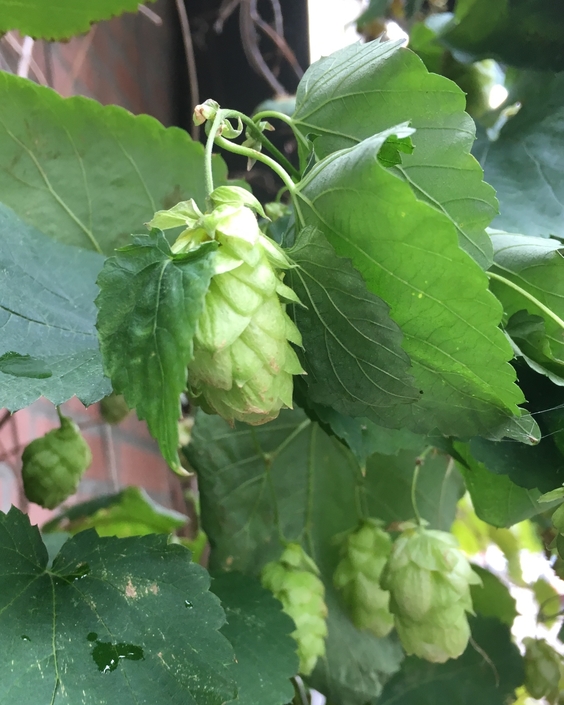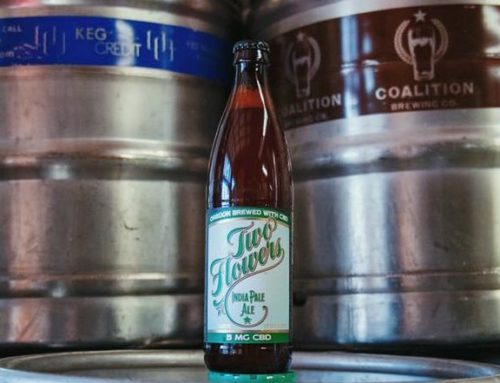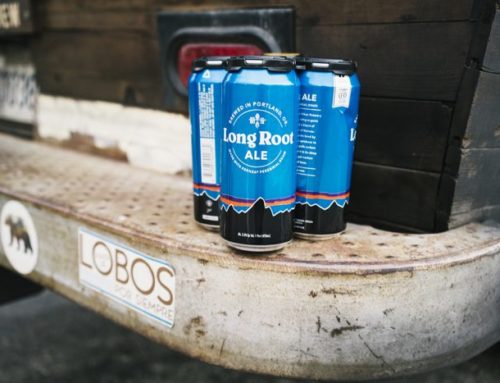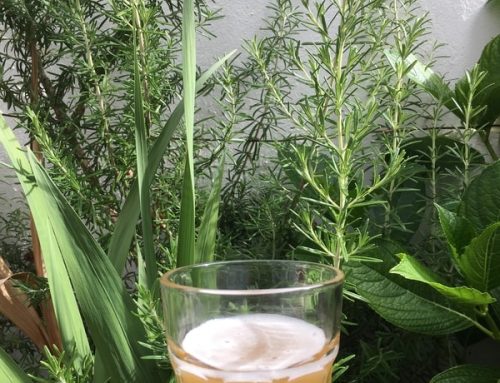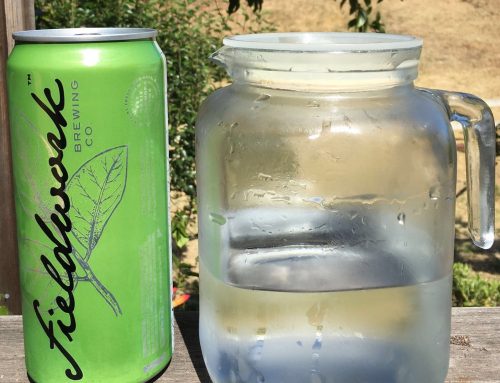“What exactly is a fresh hop beer?” you might be wondering. Don’t all beers have hops? What makes it fresh? If you aren’t sure what fresh hop is, we envy you, because you get to experience the joy of discovering it anew. Fresh hop season comes but once a year, but what a glorious season it is!
These beers are, essentially, the purest expression of hop flavor you can find in beer. Even if you aren’t a die-hard, IPA-loving hophead, it’s beer worth experiencing. What makes it so special? Well, the hops, obviously. In this case though, it’s not the variety of hops that matters, but how the brewer uses them.
The Floral Flavor of Fresh Hop
The “fresh” part is key here. Hops are used as part of the brewing process year round, obviously, but those are usually baked hop pellets. In fresh hop beer, the brewers use whole, freshly harvested hops. The hops are taken straight off the vine and put into the brew kettle completely unprocessed, besides a bit of chopping up or picking. It isn’t technically an adjunct, as it isn’t used in addition to hop pellets, but rather in place of them.
Because of this, people frequently call such beers “wet hop beers” as well, because the hops are usually still moist. Indeed, the hops used in fresh or wet hop beers retain all their natural oils, which adds an extremely delicate floral flavor to the beer. Again, even if you don’t love super bitter IIIPAs, you might still enjoy the hop essence of a fresh hop beer.
Harvesting the Hops
Brewers who want to make a fresh hop beer first have to get the hops. That’s actually the hardest part of making fresh hop beer. According to All About Beer, the first one was a crazy idea that Sierra Nevada brewmaster Steve Dresler cooked up with his hop broker buddy Gerard Lemmens. Inspired by the occasional batches of fresh hop beer brewed by UK brewers for festivals, they thought they could do it at Sierra Nevada.
The challenge is, of course, getting the hops from field to facility before they lose their luster. The hops would have to make it from the hop field to the brewery and either go into beer or refrigeration within 24 hours. Thanks to the magic of UPS Next Day Air, they did it. The rest, as they say, is history.
While that first American fresh hop beer was a logistical feat, plenty of smaller brewers have opted to go directly to the field. Schooner Exact Brewing Co., in Seattle, had an annual Hop Field Trip, where the brewers and their most loyal customers would drive to hop fields in Yakima to seek hops. They’d whip up a kettle of fresh hop, send the rest back to Seattle to be put in cold storage, and then feast like Romans. As this article’s title says, fresh hop season is the best time for beer!
Style Matters
Because fresh hop beer is all about hops, most people make hop-forward beers with it. You won’t see a fresh hop porter, but September is rotten with IPAs and pale ales made from freshly harvested hops. While the majority of these beers are IPAs, people do experiment with other styles. Seattle’s Holy Mountain does a wet hop patersbier, which is an easy drinking table beer style. In addition, plenty of brewers will take their already popular IPAs and make a fresh hop version. If you are an IPA lover, how stoked would you be to try a fresh hop version of your favorite?
Whatever you’re into, these beers you definitely need to try. They represent the complexity and nuance that the craft beer movement brings to brewing. While ordering an IPA nowadays is almost like ordering a Budweiser in the 90s, if you ask for a fresh hop, you’re going to end up with something interesting. These vibrant ales don’t typically last long, so get out there and get a few pints before it’s all gone!

